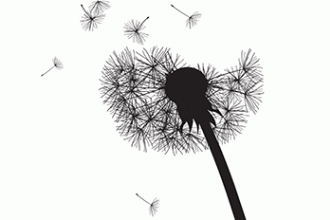Re: Our impact can live on forever
I found our president’s message [BCMJ 2022;64:55] fresh, daring, and inspiring. So, I have been contemplating “Why are you?” My logical mind took me all the way from nihilism to eternalism on a somewhat philosophical/spiritual tangent. However, when I stayed with it, I sank into a quieter presence, more relaxed but still precise. Here I seemed to feel the question and opened to it with amazing curiosity as answers came through from a space that was cheerful, uplifted, and unbounded, yet deeply interconnected. So, I thank you, Dr Dosanjh.
I presume this is the inner space of “direct knowing” that drives many Indigenous wisdom-based healing systems, and I wonder if it’s time to explore and hopefully enrich both ourselves and our practices by adding this inner, more subjective point of view, along the lines of “Physician, heal thyself,” particularly in this time of groundlessness with its accompanying vulnerability and helplessness.
I have a sign in my office drawer that I bring out once in a while: “You can’t fix stupid.” Maybe it’s time the evidence-based double-blind accompanies the Indigenous and more intuitive “Two-Eyed Seeing” view of reality. In Chinese medicine, it is only the heart that can embrace coexisting opposites.
—Jim Tucker, MD
Victoria
This letter was submitted in response to “Our impact can live on forever.”
hidden
 |
| This work is licensed under a Creative Commons Attribution-NonCommercial-NoDerivatives 4.0 International License. |

